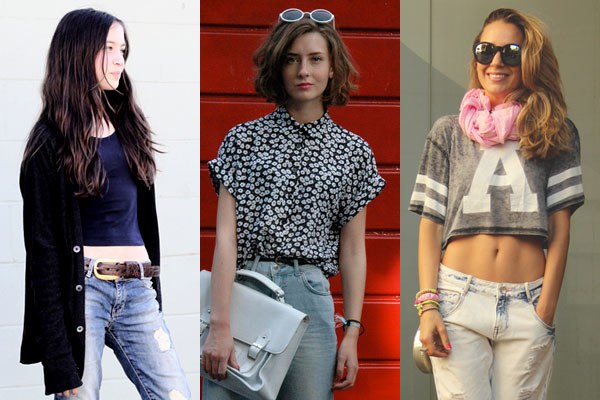With the advent of so many technologies and the proliferation of changes fashion statement has also evolved. Trends in this fashion and glam world never remain the same, as we all know that change is the only constant. It’s time to change the stereotype idea of fashion, and see the right choice of dress for the right occasion It’s very safe to say that fashion is an evolving thing. And women don’t dress the same today as we did in the 1890’s. Fashion and glamour world are the epitome to prove the statement right. Although it logically follows, few people realize that the etiquette around fashion also evolves. Fashion was always very personal. The taste for clothing cannot be found to be similar in two people the exact same manner. Because style and style statement differs.
Trends might have changed; the idea of fashion might have changed. But we did not forget about our culture and heritage in this change. Islamic clothing for women has also taken a paradigm of shift. It’s no longer the way it used to be. But all these changes have been brought up with the idea that the rich culture and heritage of Islamic wear should not lose its glory amidst all these changes. People are experimenting and that’s what fashion is meant to be. The fun of fashion lays in the fact that everyone has their own idea and its wonderful to see how people come up with all sorts of funky crazy ideas. Some keep it simple while some like it chic.

Let us have a look at the glossary of Islamic clothing.
- The very first is the hijab. Hijab is a modest form of their dressing pattern. More specifically, it refers to a square or rectangular piece of fabric which is folded, placed over the head and fastened under the chin as a headscarf. These are called by different names depending on the location like shaylah or tarhah.
- Second we will talk about another very famous Islamic wear for ladies which are called the Khimar. Khimar generally describe a particular style of scarf that drapes over the entire top half of a woman’s body, down to the waist. They are now found in different patterns and women drape it in different styles.
- Thirdly we will talk about the very famous Chador. It is an enveloping cloak which is worn by the Islamic women, from the top of the head to the ground. Usually worn in Iran without a face veil. Chador resembles abaya quite a lot but unlike the abaya the chador is sometimes not fastened in the front.
- Next is the Niqab. Niqab is a face veil worn by some Muslim women which may or may not leave the eyes uncovered. It is totally their choice.
These glossary of Islamic wear tells us about so many different kinds of clothing they have with such preety names. These dresses have been given the touch of modernization but their culture and heritage is intact.




